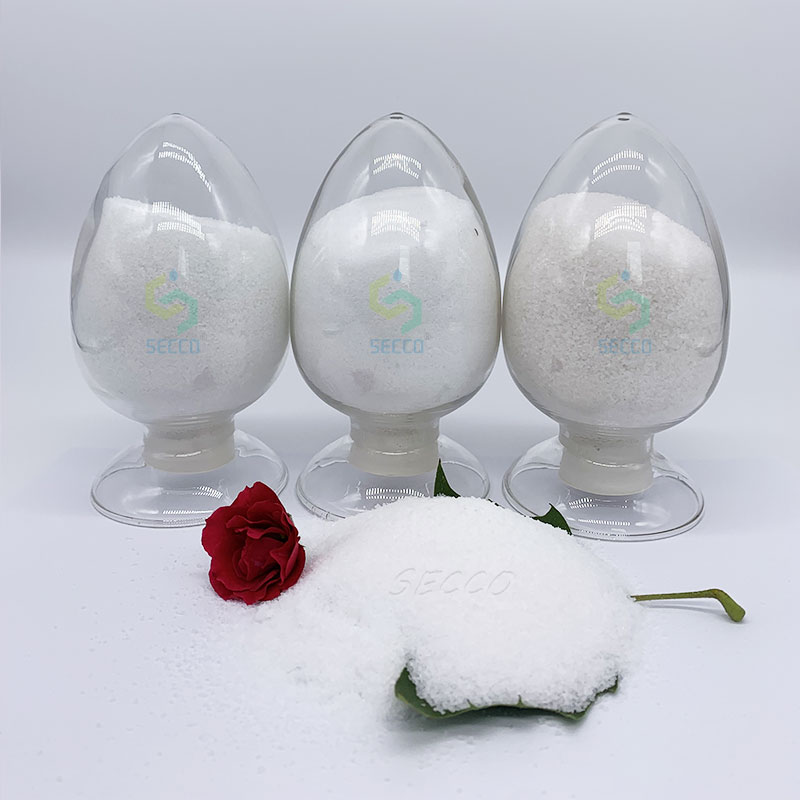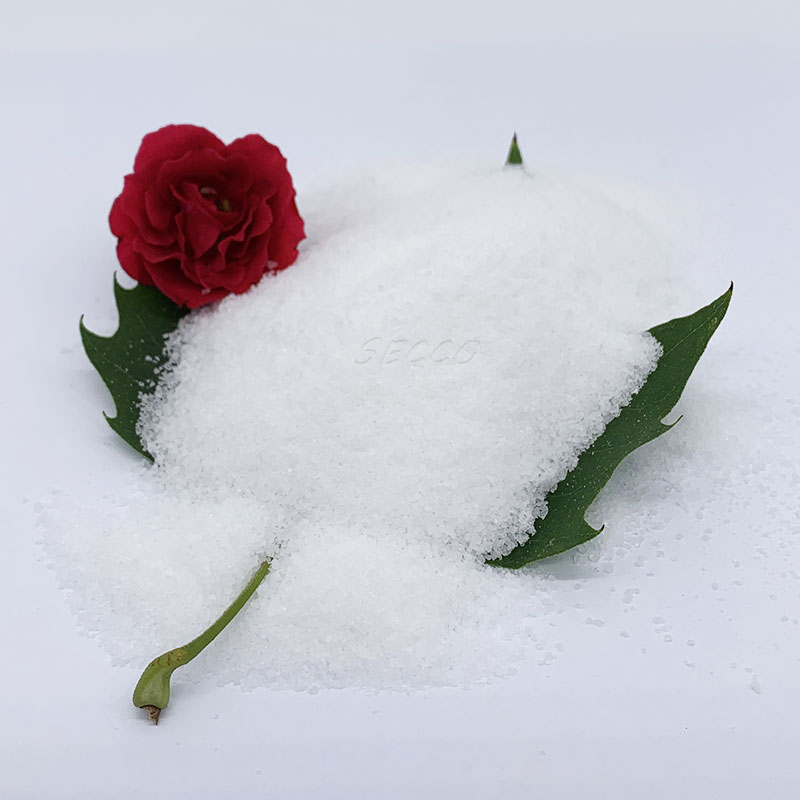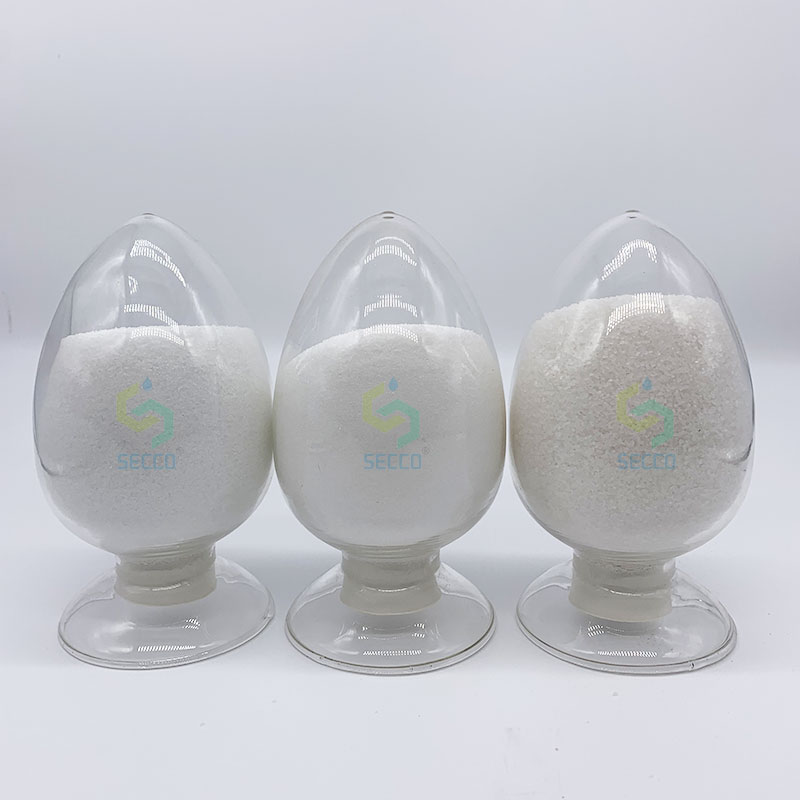The role of polyacrylamide (PAM) in the waste incineration process mainly focuses on the flue gas purification system, especially in the semi-dry flue gas desulfurization system. Its core function is to act as a flocculant to enhance the dust removal efficiency. It does not directly participate in the combustion process and is not used for fly ash solidification (that is the role of cement or chelating agents).
Here are the specific functions, effects and application stages of PAM in a waste incineration plant:
Application stage: Before the dust collector after the desulfurization system of the spray drying reactor (SDA) or the circulating fluidized bed (CFB) desulfurization system
In the semi-dry desulfurization process (this is one of the most commonly used desulfurization methods for waste incineration), the lime slurry is atomized and sprayed into the reactor, reacting with the acidic gases (such as SO₂, HCl, HF, etc.) in the high-temperature flue gas to form solid salt particles (such as CaCl₂, CaSO₃, CaSO₄) and unreacted lime.
At the same time, the flue gas also contains a large amount of original fly ash, unburned carbon particles, heavy metal compounds, and the fine particles generated from the reaction.
These particles (especially the new particles generated from the reaction and the unreacted fine lime powder) are usually very fine and difficult to be efficiently captured by subsequent dust removal equipment (such as bag-type dust collectors or electrostatic precipitators).

Core function: Flocculation
Polyacrylamide (usually anionic PAM) is diluted and injected into the flue or reactor between the outlet of the reaction tower and the inlet of the dust collector at a very low concentration (ppm level).
PAM is a long-chain polymer. The active groups on its molecular chain (such as amide groups) can adsorb multiple fine dust particles through bridging and charge neutralization effects (mainly the negative charge of the anionic PAM interacts with the positively charged areas on the particle surface).
The adsorbed particles come closer and aggregate to form larger floccules. This process is called flocculation.
Main effects:
Significantly improve dust removal efficiency: This is the most important effect. The larger floccules formed after PAM flocculation have a significantly increased settling speed and inertia, making them easier to be efficiently removed by subsequent bag-type dust collectors (filter bag interception) or electrostatic dust collectors (charged and then captured by the electrodes). This directly reduces the dust emission concentration (particulate matter) in the flue gas.
Improve filter bag performance (for bag-type dust collectors):
After forming larger floccules, the dust layer (filter cake) formed on the filter bag surface has better air permeability, reducing the filtration resistance.
The possibility of fine particles penetrating the filter material or blocking the filter material pores is reduced, which helps to extend the service life of the filter bag.
The formed dust layer is easier to be cleaned off, improving the cleaning efficiency.

Improving acid removal efficiency (indirectly): The unreacted lime particles that are captured by flocculation reduce the amount of them that escape with the flue gas. The captured lime in the dust layer on the filter bag surface of the bag-type dust collector can continue to react with the acidic gas that penetrates in (secondary reaction on the filter bag surface), further improving the overall acid removal efficiency.
Reducing equipment wear: Minimizing the wear of subsequent equipment such as the induced draft fan by fine particles.
Improving fly ash properties (potential): The larger particles formed by flocculation may cause certain changes in the physical properties of fly ash (such as particle size distribution and fluidity), but this is usually not the main purpose.
Application points:
Type selection: Anionic polyacrylamide is commonly used in waste incineration flue gas purification. This is because the dust particles (fly ash, reaction products) in the flue gas often carry weak positive charges under certain conditions (especially in semi-dry systems), and anionic PAM achieves effective flocculation through charge neutralization and bridging action. Cationic PAM is commonly used in water treatment, but is less used in flue gas flocculation. Nonionic type is sometimes used in specific situations.
Injection point: It must be after the reaction tower and before the dust collector. It is usually injected at the flue gas outlet of the reaction tower or in a dedicated humidification/activation reaction chamber. The injection point requires sufficient turbulence to ensure the full mixing of the PAM solution with the flue gas.
Injection concentration: The dosage is very small, usually at the ppm level. Precise measurement and dilution systems are required. Excessive injection may lead to wall sticking, blockage, or a decrease in effect.

Dissolution and Maturation: PAM requires a dedicated dissolution device (such as a maturation tank) for thorough dissolution and "maturation" (allowing the molecular chains to fully extend), in order to achieve the best flocculation effect. Poor dissolution will result in "fish-eye" shaped gel blocks, with poor performance and prone to clogging of pipeline nozzles.
Collaboration with Other Agents: PAM flocculation is usually used in combination with lime slurry (deacidifier), activated carbon (adsorbing dioxins/重金属), etc., to jointly achieve the goal of smoke gas purification. Summary:
In the process of waste incineration, polyacrylamide (PAM) is mainly used in the latter part of the flue gas purification system (after desulfurization and before dust removal), serving as an efficient flocculant. It achieves this by coagulating the fine dust particles (including fly ash, desulfurization reaction products, unreacted lime, etc.) into larger particles, significantly enhancing the capture efficiency of subsequent dust collectors (especially bag-type dust collectors), thereby effectively reducing particulate emissions and indirectly improving the desulfurization effect and the performance of filter bags. Its usage is minimal but its effect is crucial. It is one of the important auxiliary measures to ensure that the flue gas from waste incineration plants meets the standards (especially for controlling particulate concentration). It does not participate in the combustion process and is not used for the final solidification treatment of fly ash.
If you are interested in our products or have any questions, please fill in the form below. We will contact you immediately after receiving it. Thank you for your choice